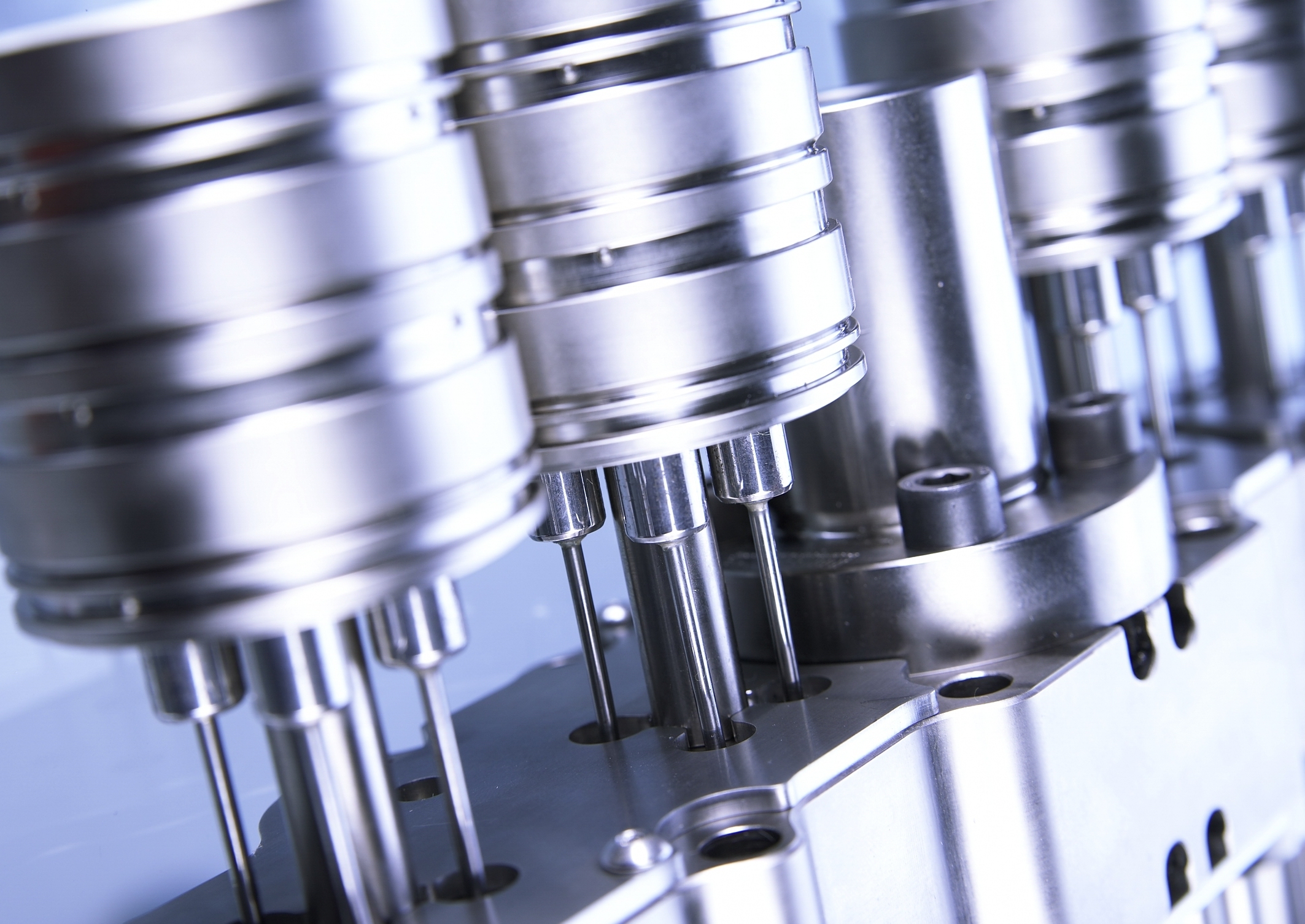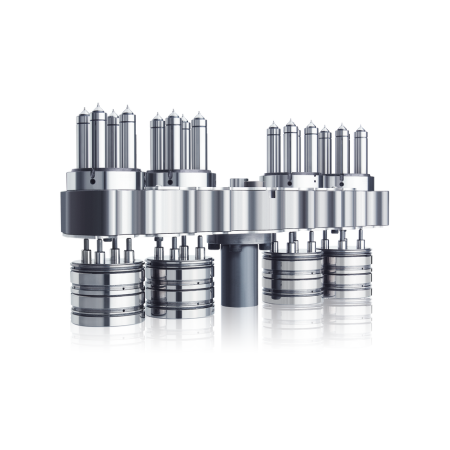Hot Runner Controller: The Ultimate Guide
What Is a Hot Runner Controller?
A Hot Runner Controller is a vital component in the plastic injection molding process. It precisely regulates the temperature of the hot runner system, ensuring the consistent flow of molten plastic through heated nozzles and manifolds. This consistency directly impacts part quality, cycle times, and production efficiency.

Why Hot Runner Controllers Matter in Plastic Injection Molding
In plastic injection molding, maintaining a consistent and uniform temperature across the entire hot runner system is critical. Localized overheating can lead to material degradation, while uneven cooling can cause premature solidification and flow inconsistencies. A well-tuned hot runner controller ensures a homogeneous thermal profile throughout the manifold and nozzles, which directly translates into higher-quality molded parts and more efficient cycle times. A hot runner temperature controller prevents these extremes by delivering precise, zone-specific heat regulation throughout the mold’s hot runner system.
Key Benefits of Using a Hot Runner Controller
- Improved part quality: Fewer flow lines, burns, or cold spots.
- Reduced scrap and waste: More consistent molding means fewer rejected parts.
- Faster cycle times: Optimal temperature allows for quicker molding and cooling.
- Energy efficiency: Intelligent temperature control uses less power.
How Do Hot Runner Controllers Work?
Hot runner controllers use thermocouples and heating elements to monitor and regulate temperatures in real time. Gammaflux controllers go beyond conventional PID logic by integrating advanced firing modes. Their G24 and G25 systems use phase angle firing, which delivers finely tuned, continuous power to each heater—unlike simpler time-proportional control systems that operate through on/off cycles. This smooth power delivery not only enables extremely precise temperature regulation, but also reduces thermal stress on the heaters, extending their lifespan by up to 80%.
Types of Hot Runner Controllers
There are several types of temperature control units for hot runners, including:
1) Modular Controllers
Built with scalability in mind, these allow users to tailor the number and configuration of control zones based on the mold design. Ideal for production environments where tooling changes frequently.
- Allow flexible zone configuration.
- Ideal for large molds or systems with frequent design changes.
2) Integrated Controllers
These systems combine temperature control with other functions (e.g., valve gate control or monitoring) in a unified interface. Often used in high-cavity molds or applications where system footprint is a concern.
- Combine multiple functions in a single interface.
- Typically used in complex or high-cavity applications.
3) Multi-Zone Controllers
Designed for large or complex molds, they manage dozens—or even hundreds—of zones independently. Critical in high-precision molding environments, such as medical or electronics manufacturing, where thermal balance across all gates is essential.
- Control dozens or even hundreds of zones independently.
- Essential for large-scale, high-precision molding operations.
4) Choosing the Right Hot Runner Controller
Each category serves specific production needs and overlaps may occur depending on mold size, part complexity, and automation level. Gammaflux systems often blend features from these categories into a modular, high-performance architecture.
When selecting a hot runner temperature controller, consider the following factors:
- Number of zones: Match your mold’s design.
- Interface and usability: Look for intuitive controls and diagnostics.
- Connectivity: Modern systems often integrate with shop floor monitoring or Industry 4.0 systems.
- Service and support: Choose a provider with strong technical support, like Gammaflux.

Gammaflux: A Leader in Hot Runner Technology
Gammaflux is a global leader in mold temperature control. Their hot runner controllers are trusted by manufacturers around the world for reliability, performance, and advanced diagnostics.
What Sets Gammaflux Apart
- Advanced PID2 control technology.
- Real-time diagnostics and data logging.
- Compact, modular designs.
- Excellent technical support and training.
Hot Runner Controller vs. Traditional Heating
In professional injection molding environments, uncontrolled heating is rare. Most systems today use some form of control—whether basic analog or advanced digital. What sets modern hot runner controllers like Gammaflux apart is the level of intelligence, response time, and diagnostic insight they provide. Compared to older, less precise systems (e.g., basic heater bands without feedback loops), these controllers ensure temperature accuracy to within fractions of a degree, reduce thermal cycling, and improve OEE (Overall Equipment Effectiveness).

Common Applications
Hot runner controllers are used across industries, including:
- Automotive: Interior parts, connectors.
- Medical: Precision parts, clean-room molding.
- Consumer products: Caps, closures, housings.
- Electronics: Housings, switches, insulators.
Maintenance and Troubleshooting Tips
To maintain peak performance from your industrial temperature controller, follow these best practices:
- Regularly calibrate sensors and thermocouples.
- Check for loose wiring or damaged heating elements.
- Use diagnostic tools for early detection of faults.
- Keep software and firmware updated.
Conclusion
A Hot Runner Controller is more than just a temperature regulator—it’s a critical driver of quality, efficiency, and cost control in injection molding. Whether you're optimizing a new tool or retrofitting an old one, choosing the right hot runner temperature controller—like those from Gammaflux—can make all the difference.
Looking to improve your injection molding quality? A better controller might be your smartest next move.





